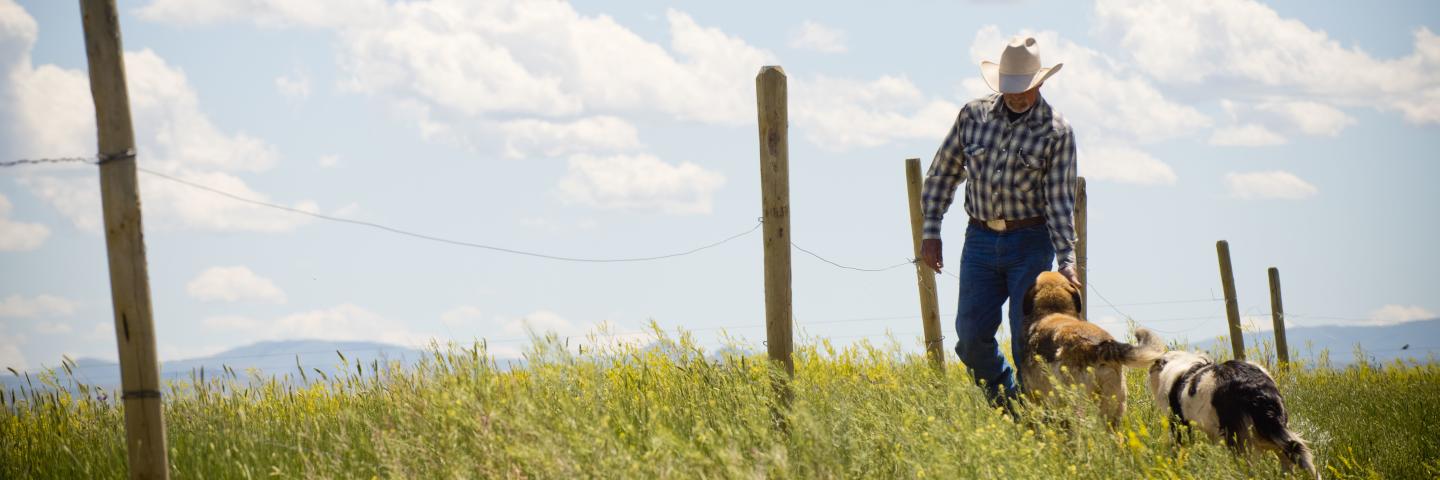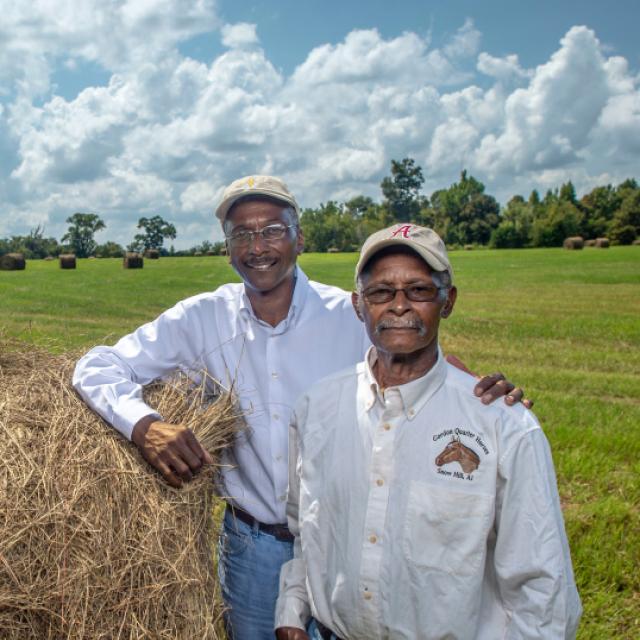
Success Story

This Targeted Implementation Plan (TIP) is available in Mineral County, Montana. TIPs are local-level Environmental Quality Incentives Program (EQIP) initiatives used by NRCS in Montana to guide on-the-ground implementation of locally developed Long Range County Plans.
County or Counties: Mineral
Primary Resource Concern: Plant productivity and health
Time Frame: Fiscal Year (FY) 2022 through FY 2026
The Packer Creek Forest Health TIP will enhance the health and productivity of forested acreage, with collateral benefits in reducing wildfire hazard and noxious weeds- achieved through the implementation of a robust set of practices during the period of 2022-26. This dynamic project will directly complement the US Forest Service’s Cruzane Mountain Project and will effectively engage a diverse group of landowners and partners through grassroots outreach activities and collaborative efforts in western Mineral County, Montana.
Detailed descriptions of these conservation practices can be found in the Field Office Technical Guide, Section 4 - Practice Standards and Supporting Documents.
Program applications are accepted on a continual basis. However, NRCS establishes application ranking dates for evaluation, ranking and approval of eligible applications. Applications received after the ranking date will be automatically deferred to the next funding period. See Montana Programs and Application Dates.
Applications must meet the intent of this initiative. For more details about this initiative, contact your local field office.
NRCS uses these questions to evaluate eligible applications for this project and to prioritize applications for potential funding.
Targeted Implementation Plans (TIPs) are local-level Environmental Quality Incentives Program (EQIP) initiatives used by NRCS in Montana to guide on-the-ground implementation of locally developed Long Range County Plans. These plans are part of the "Focused Conservation” strategy to guide Montana's EQIP investments. Learn more about Montana Focused Conservation and Targeted Implementation Plans.
The Environmental Quality Incentives Program (EQIP) provides financial and technical assistance to agricultural producers and non-industrial forest managers.
Learn MoreThe 2018 Farm Bill was enacted on December 20, 2018. The Farm Bill continues its strong support for conservation efforts of America’s farmers and ranchers through reauthorization and expanded flexibility of NRCS conservation programs.
Learn MoreContact your local service center to start your application.
Do you farm or ranch and want to make improvements to the land that you own or lease?
Natural Resources Conservation Service offers technical and financial assistance to help farmers, ranchers and forest landowners.

To get started with NRCS, we recommend you stop by your local NRCS field office. We’ll discuss your vision for your land.
NRCS provides landowners with free technical assistance, or advice, for their land. Common technical assistance includes: resource assessment, practice design and resource monitoring. Your conservation planner will help you determine if financial assistance is right for you.
We’ll walk you through the application process. To get started on applying for financial assistance, we’ll work with you:
Once complete, we’ll work with you on the application, or CPA 1200.
Applications for most programs are accepted on a continuous basis, but they’re considered for funding in different ranking periods. Be sure to ask your local NRCS district conservationist about the deadline for the ranking period to ensure you turn in your application in time.
As part of the application process, we’ll check to see if you are eligible. To do this, you’ll need to bring:
If you don’t have a farm number, you can get one from USDA’s Farm Service Agency. Typically, the local FSA office is located in the same building as the local NRCS office. You only need a farm number if you’re interested in financial assistance.
NRCS will take a look at the applications and rank them according to local resource concerns, the amount of conservation benefits the work will provide and the needs of applicants. View Application Ranking Dates by State.
If you’re selected, you can choose whether to sign the contract for the work to be done.
Once you sign the contract, you’ll be provided standards and specifications for completing the practice or practices, and then you will have a specified amount of time to implement. Once the work is implemented and inspected, you’ll be paid the rate of compensation for the work if it meets NRCS standards and specifications.